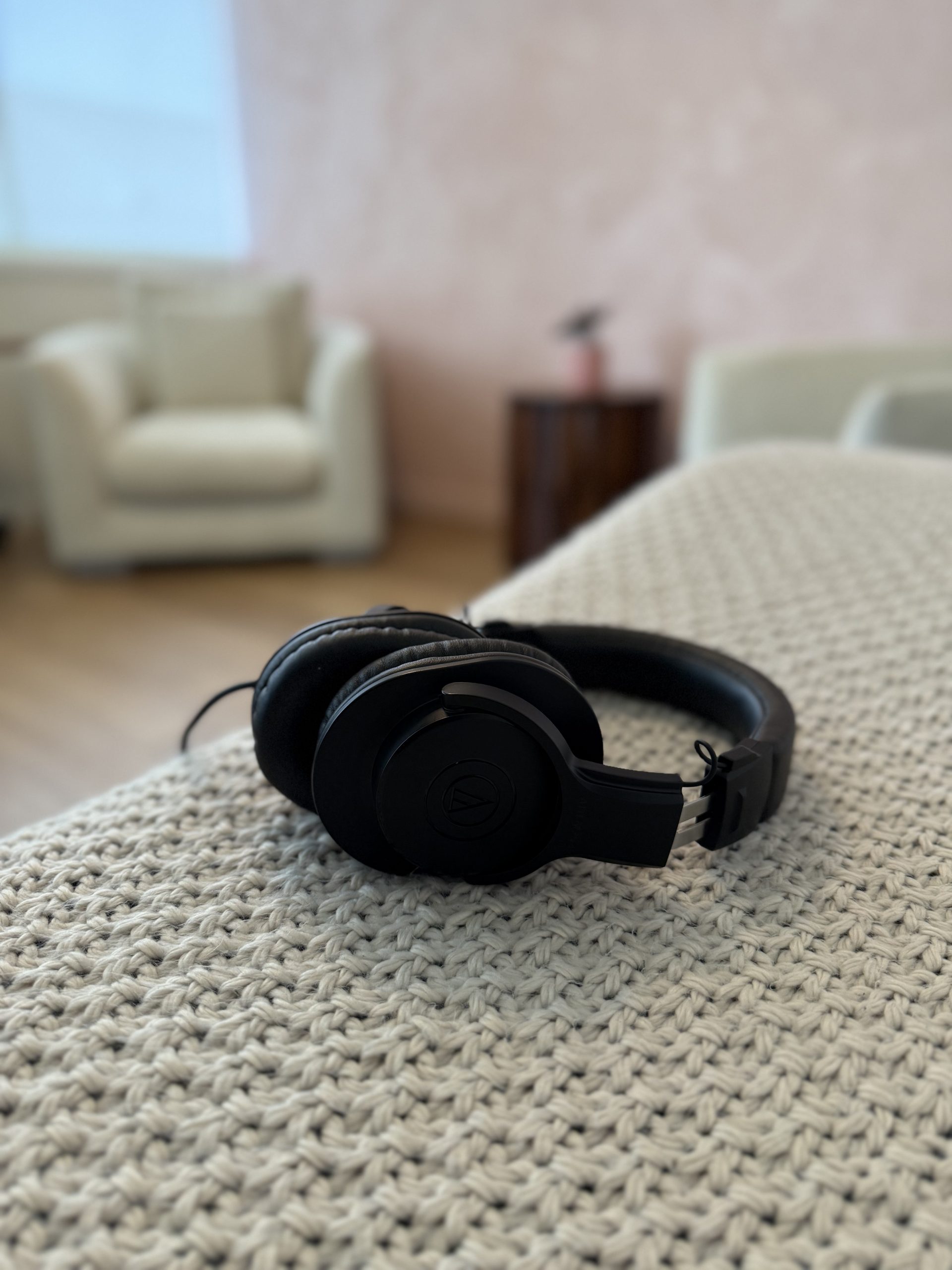

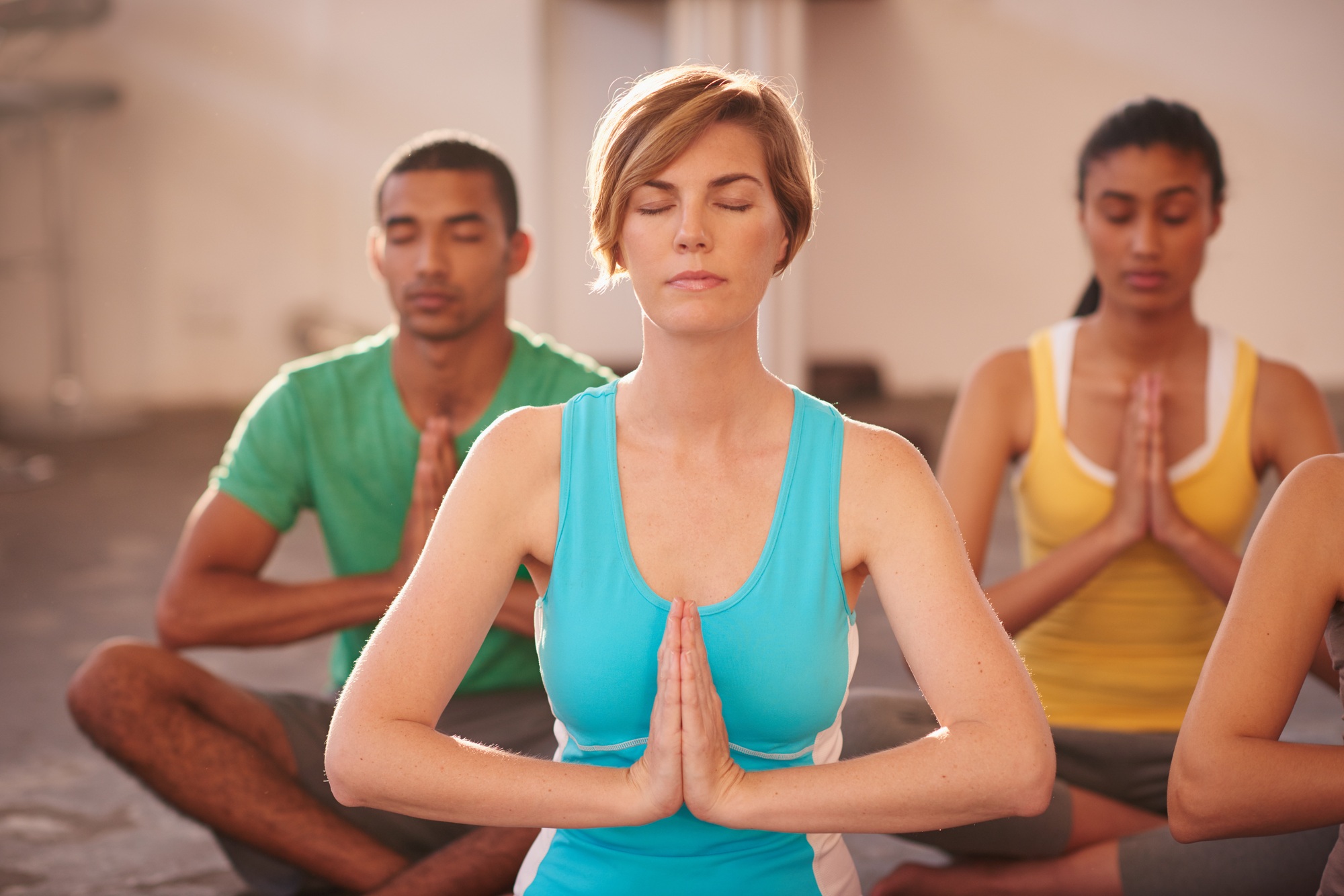



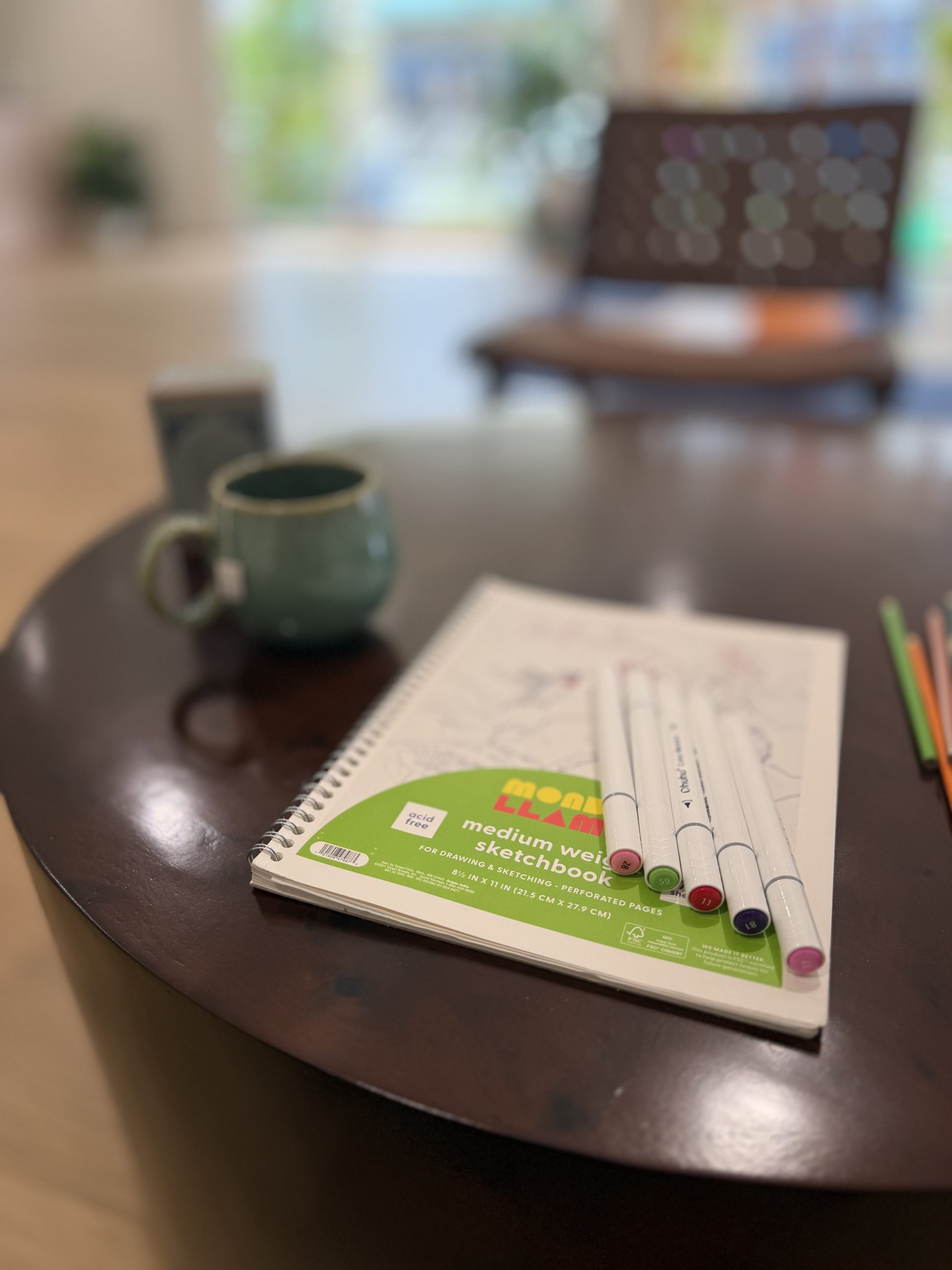
Art therapy allows individuals, children and adults, to express thoughts and emotions non-verbally, helping them gain insight and process feelings, especially when words are hard to find. We offer art therapy in several ways including drawing, coloring, sand tray therapy, and sculpting. Art Therapy bypasses cognitive defenses, making it especially useful for processing trauma by allowing repressed memories to be expressed through creative outlets. This approach promotes emotional release, self-reflection, and healing, while enhancing neuroplasticity and emotional regulation. Overall, art therapy empowers individuals to reframe their experiences and foster emotional well-being.
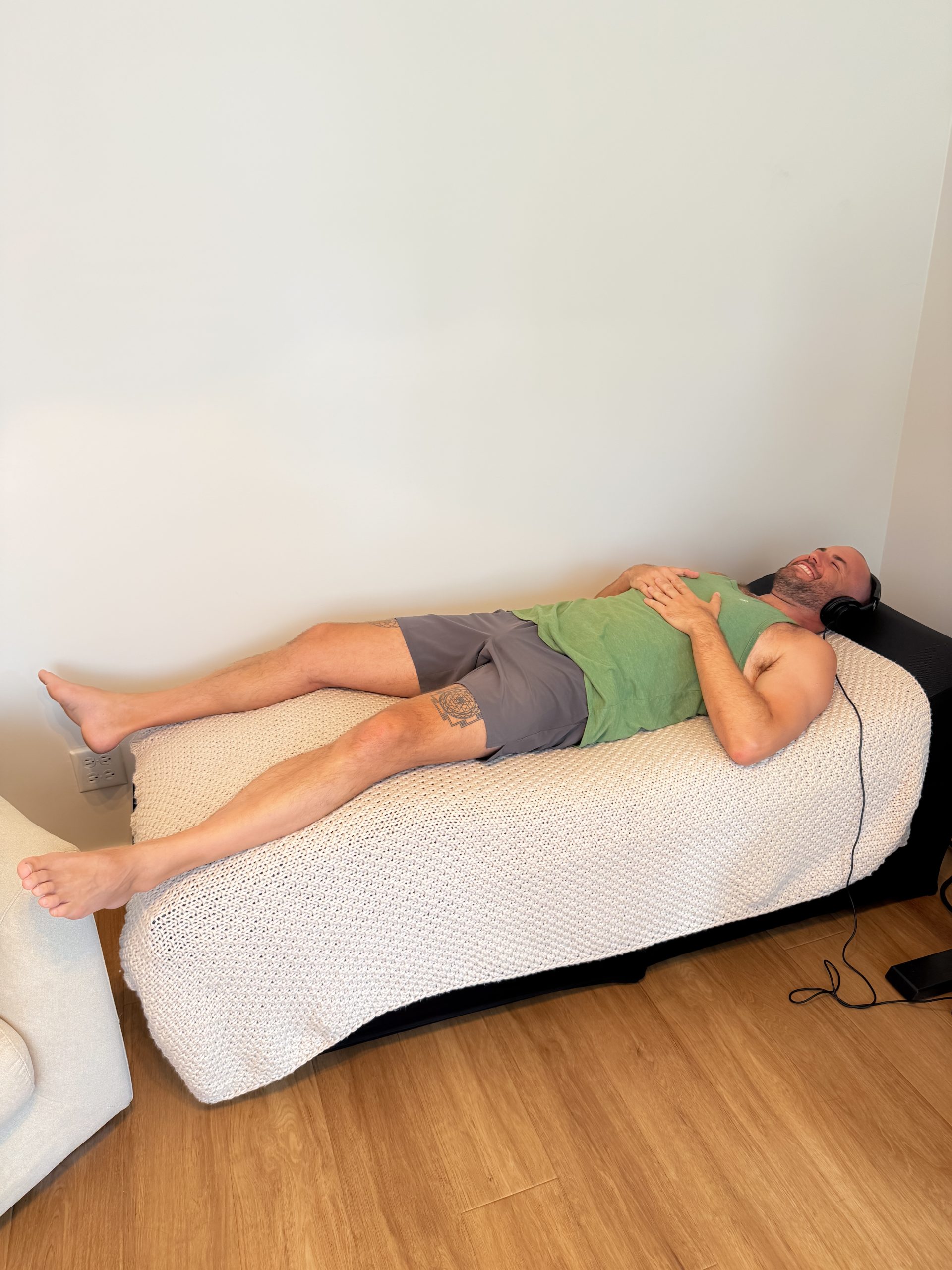
Vibroacoustic sound therapy using the Sage Science Technologies Sound Lounge promotes nervous system regulation by transmitting low-frequency sound waves through the body. These vibrations stimulate the vagus nerve, activating the parasympathetic nervous system to reduce stress, release tension, and enhance relaxation. The therapy improves heart rate variability (HRV), supports emotional balance, and fosters deep relaxation, helping with anxiety, trauma, and chronic stress. The Sound Lounge offers an immersive experience that combines auditory and somatic stimulation, promoting overall well-being and emotional healing.

Medical cannabis education is essential for mental health because it empowers individuals and providers to use the plant safely, intentionally, and effectively. It helps dispel long-standing myths and stigma, allowing for a more informed understanding of how cannabis interacts with the brain, body, and emotions. With the right knowledge, people can make individualized choices about strains, dosing, and methods of use, reducing risks of misuse or adverse effects.
Cannabis can support healing from anxiety, PTSD, depression, insomnia, and chronic pain by regulating the nervous and immune systems through the endocannabinoid system. Education also promotes harm reduction, encouraging safer consumption and open dialogue between clients and providers. For clinicians, it allows for trauma-informed, integrative care that respects the plant’s potential while remaining mindful of its risks.
Ultimately, education bridges the gap between curiosity and conscious healing, making cannabis a more accessible and supportive tool for mental and emotional well-being.
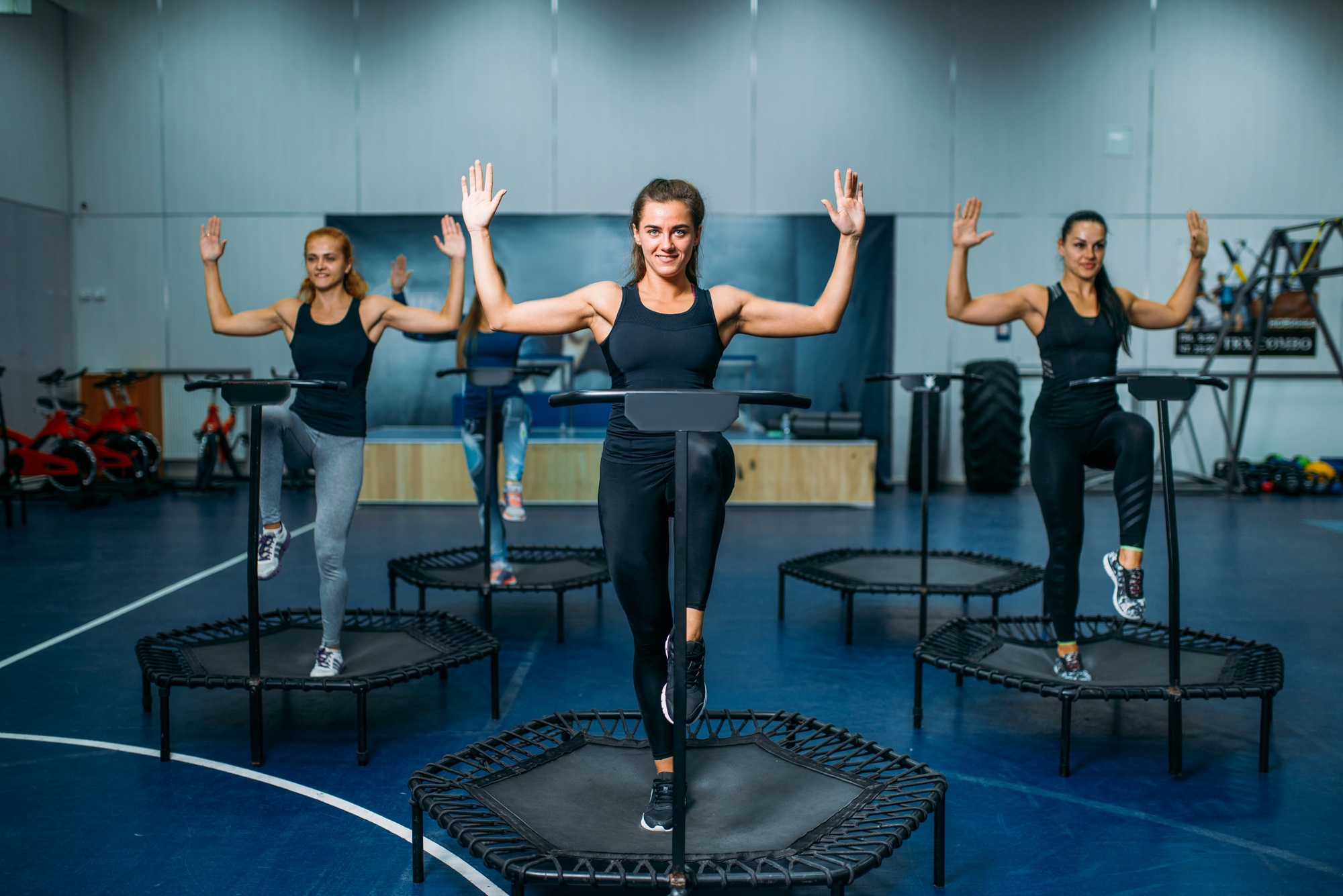
Copyright © 2025 Inward Wellness Hawaii. All Right Reserved